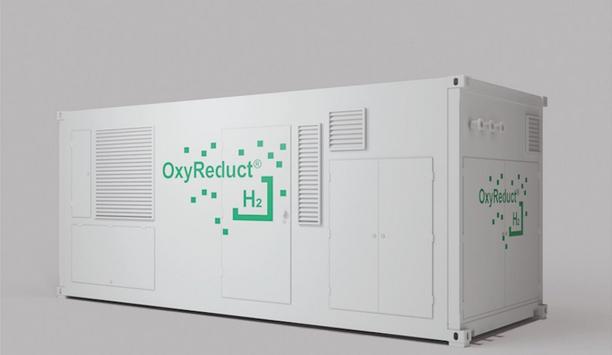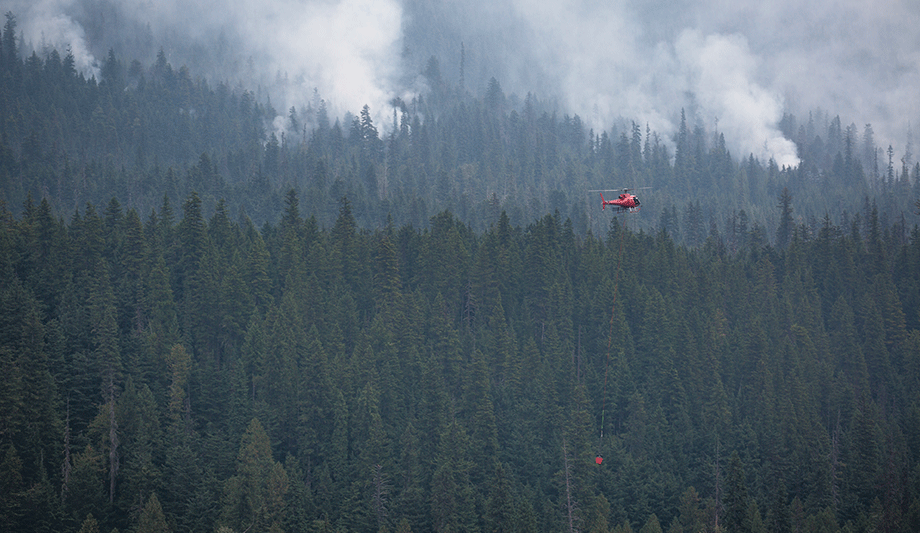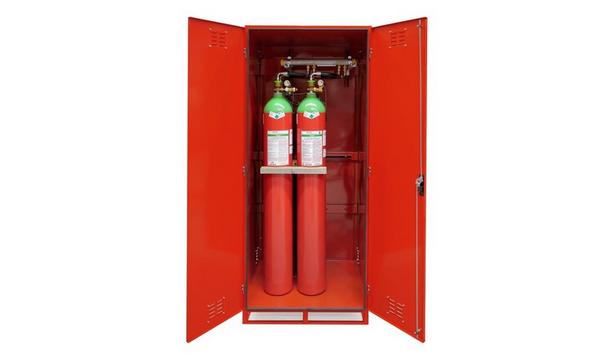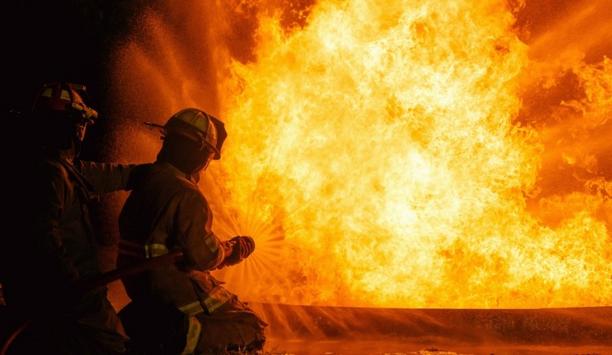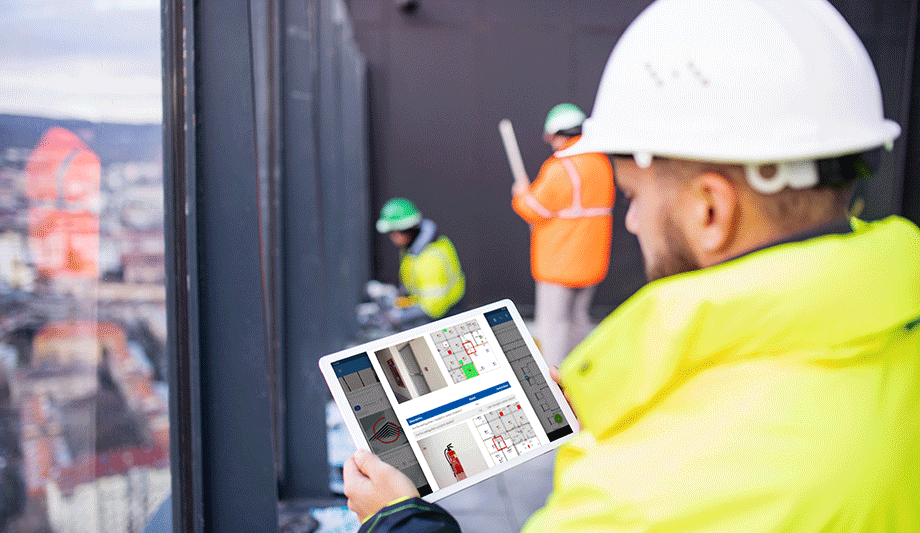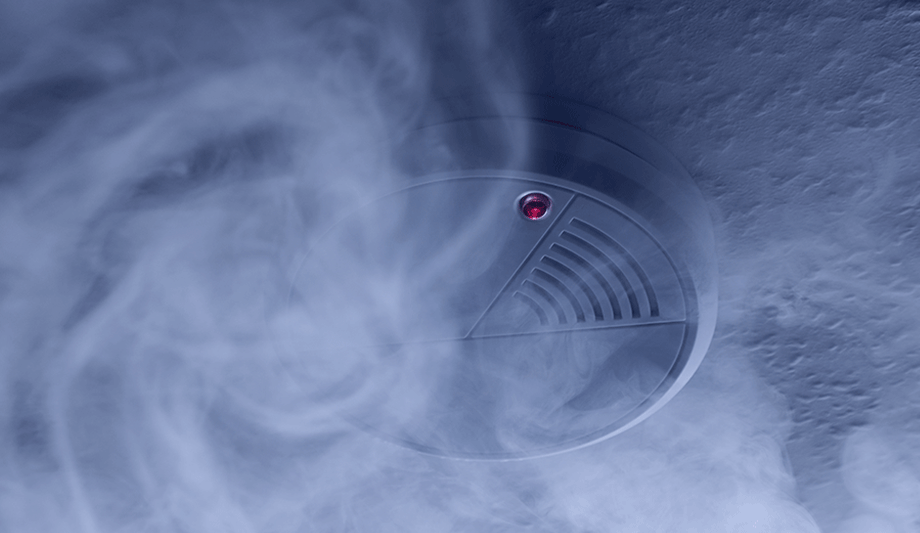 |
| New head-to-toe range includes fire coat and trousers, helmet, boots and gloves certified to MarED standards |
As part of a wider programme to introduce a range of products incorporating the very latest fabrics and PPE materials, Bristol has completely upgraded its protective clothing range for marine firefighters. The new head-to-toe range includes fire coat and trousers, helmet, boots and gloves which are all certified to MarED standards.
Operating internationally, meeting the needs of marine firefighters requires specialised clothing which will protect firefighters at sea in a variety of situations but which focus primarily on offshore oil and gas exploration rigs and production platforms as well as shipboard fires arising from collisions and cargo fires and explosions. The principal features of marine firefighter PPE include the use of fabrics, garment structure and design, which combine to protect against the hazards most associated with fires at sea. These hazards include a combination of proximity to heat and flame and prevailing, and unpredictable, weather conditions with driving rain, snow and ice, high winds and severe exposure to the elements.
Marine firefighter clothing comes in the form of Bristol’s Fleet Suits
Marine firefighter clothing comes in the form of Bristol’s Fleet Suits, which have been supplied to many of the world’s leading oil and gas exploration and production companies operating in offshore locations as different as the North Sea and North Atlantic to ocean operations off West Africa, South America and Eastern pacific as well as the Arabian Gulf. To meet the exacting standards demanded by the operating companies, the PPE supplied is routinely required to meet the European Marine Equipment Directive 96/98/EC (MarED) as well as the relevant EN Standard with enhanced accreditation through Wheelmark Certification.
Fleet Suits to meet both EN469:2005 Levels 1 and 2 both include a yellow lightweight flame retardant outer layer. With a fleece lined high collar, plain cuffs and combination zip and Velcro front fastenings, the coat is lightweight and ergonomically efficient allowing ease of movement in frequently difficult operating environments.
The new rubber fire boot includes a safety toe cap
With an upgraded range of compatible garments, all MarED approved, now part of the head-to-toe ensemble, the complete kit includes a helmet incorporating an integrated internal goggle visor and exterior visor manufactured to EN443 and EN14458. The new rubber fire boot includes a safety toe cap and anti-perforation mid-sole and is manufactured to EN ISO 15090 Type 3. The new structural glove is a combination of a silicone coated Kevlar palm with a Nomex® back incorporating knuckle protectors married to a Goretex® moisture barrier and manufactured to meet EN659:2003 + A1:2008 + AC:2009.
Commenting on the introduction of the new range of firefighter garments, Richard Cranham, Bristol’s International Sales Manager said, “We have undertaken a major review of available compatible garments and, after lengthy trials, have selected a new helmet, gloves and boots for their performance, comfort and high levels of compatibility with our Fleet Suit design. This head-to-toe combination should continue to offer marine firefighters, deployed in some of the most hostile operating conditions experienced by firefighters anywhere in the world, the best available protection coupled with good ergonomics, durability and wearer comfort”.




